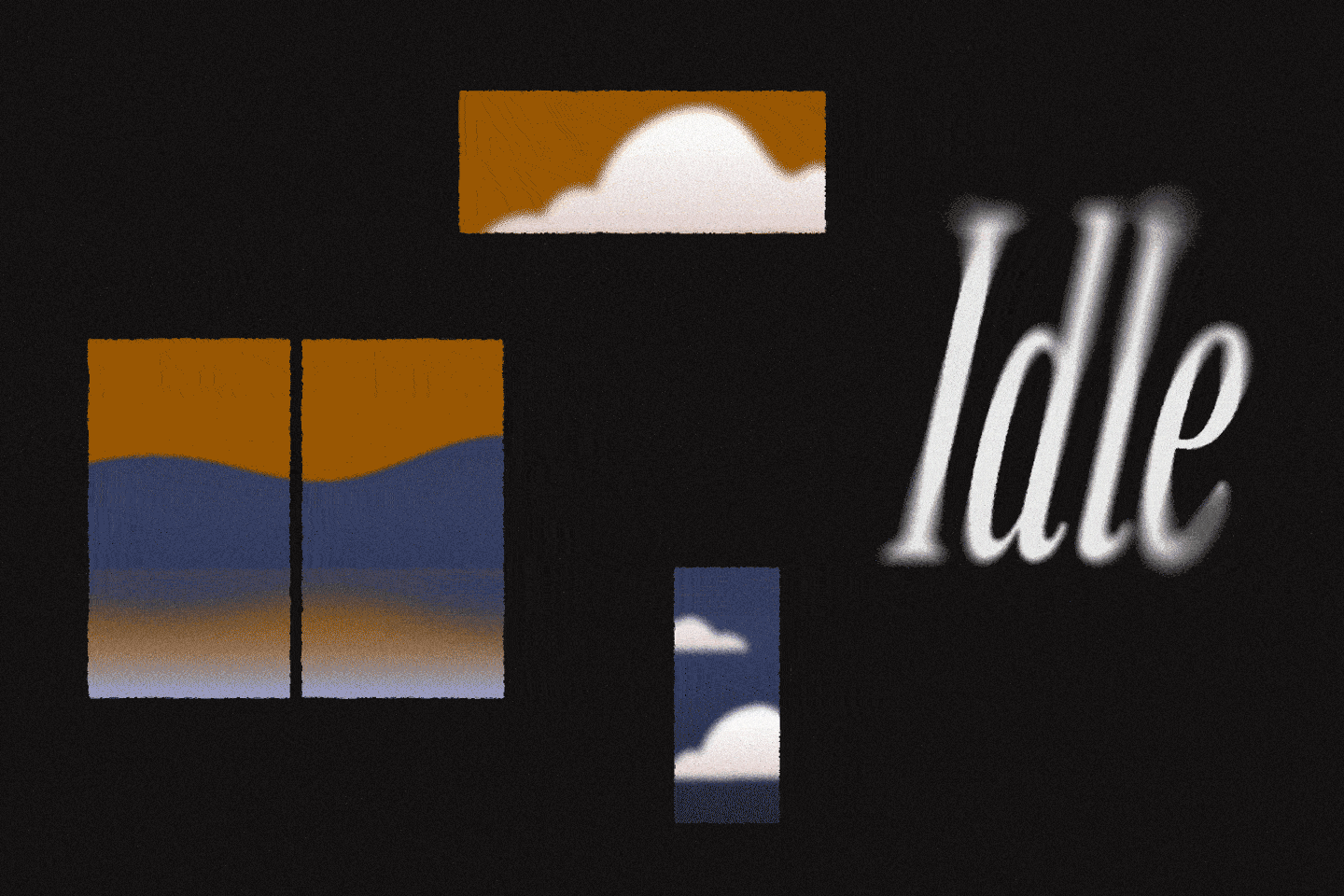Call for submissions
Thresholds 53: Idle. Edited by Joshua Tan and Mingjia Chen.
Thresholds, the annual peer-reviewed journal produced by the MIT Department of Architecture and published by the MIT Press, is now accepting submissions for Thresholds 53: Idle. Submission deadline: May 26, 2024.
In a world that prioritizes activity and circulation, idleness has become untenable, even criminal. The significance of “idleness” has over time oscillated between a neutral state of “not doing work” to the negatively charged notion of “laziness.” Evoking waste, Victorian moral values and Lockean concepts of property come to mind. Yet if positioned as leisure, the privilege of being idle can take on many architectural forms from the pavilion to the shopping mall. Interpreted as rest, it can situate resistance against the subordination of the laboring–and often racialized–body. Declaring a stasis, it reminds us of the deeper material history one may find in geological time. If idleness is simultaneously intolerable and desirable, what can this tension mean in art and architectural practices?
Thresholds 53: Idle invites scholarly writing, artistic interventions, and criticism from the realms of architecture, art, and related fields to delve into the complexities of idleness. We aim to unravel how art and architecture have historically engaged, harnessed, or resisted the concept of idleness across different geographies and in different historical periods.
What can be inferred from the uses and representations of idleness? The Ming-Dynasty artist Wen Zhengming (1470–1569) celebrated idleness during his time away from politics in Garden of the Inept Administrator (1535) while the English painter William Hogarth (1697–1764) famously criticized the immorality of idleness in his engraving, Industry and Idleness (1747). The workers at General Motors’ Flint factory deployed idleness as an organizing tactic during their 1937 sit-down strike, while the British welfare state warned against “idleness” in the 1942 Beveridge Report. Today, the concept of idleness is being redefined by changes in remote-working technology, work patterns, and societal norms; sometimes, being idle means strolling in a Bloomingdale’s mall. In what ways have cities reflected society’s attitudes towards idleness and recreation, and how have these spaces–playgrounds, gymnasiums, shopping malls and parks–evolved over time? From the early modern state reinforcing its power through the management of nature to Cuba’s encouragement of the “organopónicos” or urban agriculture on idle land, in what ways has idleness been addressed as an ideological issue?
From challenging idleness’ implied passivity to exploring its resiliency and emancipatory potential, Thresholds 53: Idle seeks to uncover the visible and invisible ways in which idleness shapes our disciplines. We encourage contributors to critically examine idleness as both a discourse and a tactic, acknowledging its potential for societal critique while exploring how embracing moments of stillness and inertia can foster connections across scales of being, praxis, and types of representation.
Submission deadline: May 26, 2024
Submission guidelines
Please send your submission to thresh [at] mit.edu. Written submissions should be in English, approximately 3000 words in length, and formatted in accordance with the current Chicago Manual of Style. All submissions should include a cover letter (max. 200 words) as well as a biography (max. 50 words) and contact information for each author. Text submissions should be sent as .doc files. Where applicable, images should be submitted at 72 dpi as uncompressed .tif files. All scholarly submissions are subject to a double-blind peer review. Other creative proposals are not limited in size, medium or format.



